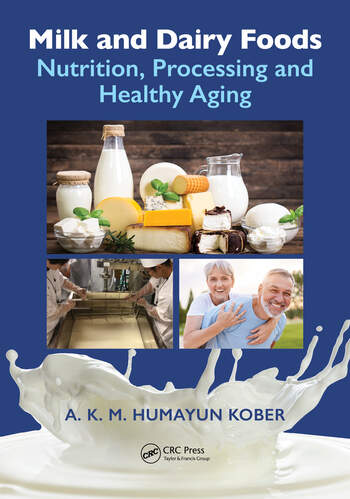TECH FLASH
Ireland poised for growth in dairy production, value-added ingredients
When European milk price quotas come to an end next year, the Irish dairy industry expects a business boom

The Irish dairy industry expects to see a lot more green than just what is on its bucolic, rolling hillsides. A combination of increased dairy production after milk quotas end in 2015, growing consumer demand for dairy products from grass-fed cows and a focus on more sustainable processing point to an upswing in Irish dairy exports—and profits—for two of its key producers Glanbia and Dairygold.
As Ireland’s leading dairy ingredients company, Glanbia annually produces 6 billion liters of processed milk, 527,000 tons of cheese and 268,000 tons of dairy-based ingredients. A major supplier to world-class food and beverage manufacturers such as Nestlé and Danone, Glanbia produces one-third of the milk and whey in Europe.
To meet growing demand, Glanbia is building a €150 million greenfield facility in Belview, County Kilkenny. All products from this nutrition segments productionfacility, expected to be operational in 2015, will be exported. This is the first greenfield dairy plant built in Ireland in 30 years.
Even during this period of growth, Glanbia is embracing a culture change within it ranks. The company is focusing on accountability, GMPs and health and safety, according to Jim O’Neill, head of operations at Glanbia. In addition, the dairy processor employs lean manufacturing and continuous improvement tools as it simultaneously works to emphasize sustainability in milk and dairy production. For example, Glanbia was the first dairy company in the world to achieve the Energy Management Standard in 2007 (IS 393 and ISO 50001).
Dairygold, the largest farmer-owned food/agribusiness in Ireland, is positioned to meet the demand for growing global dairy trade by 2020. The company plans to expand peak week production from 29 million liters to 52.9 million liters by 2020. This involves a €200 million investment over seven years. (Irish dairy plants operate approximately 40 weeks per year, with April and May as the peak months for production.)
According to Dairygold CEO Jim Woulfe, the company is embracing an efficiency culture, not only via its highly skilled workforce, but with its emphasis on process optimization and energy efficiency. New equipment allows a continuous drying process, while a focus on water recovery, heat recovery and reduced emissions supports the company’s sustainability goals. For example, Woulfe says a recent investment in anaerobic digester technology puts Dairygold on the right path for future success.
Focus on research and state-of- the-art technology
Ireland’s dairy industry is supported by Teagasc, the country’s agriculture and food development authority. The agency predicts that Ireland’s milk output will increase 50 percent by 2020.
The country’s pasture-based production system focuses on grass breeding, animal nutrition and food safety and innovation. Teagasc’s research center is also spotlighting food safety research, not just in the dairy sector, but in cereal, bakery and beverages as well.
A highlight of the center is its extensive pilot plant facilities, which include small-scale commercial processing, contract R&D, pre-commercial manufacturing, and technical advice and support in dairy, dried foods, bioprocessing, beverage, liquid foods, ingredients and yellow fat spreads. At present, more than 15 companies have a presence onsite at the research center. Plans are underway to build a Future Foods Innovation Hub with a state-of-the art processing plant on land adjacent to the current research facility.
Another example of Irish dairy industry innovation comes from dairy farming equipment maker Dairymaster, a company that focuses on food safety and food quality all the way back to the farm. The company’s milking equipment mimics a calf feeding from the mother cow, reaps 5 percent more yield and allows faster milking. In addition, the company’s new MooMonitor identifies precisely when a cow is ready to breed, since for a cow to produce milk, it must first have a calf.
Editor’s Note: Enterprise Ireland invited a group of American journalists to visit various dairy-related manufacturing sites and the Teagasc research center within the country earlier this month. The government agency’s objective is increased exports, employment and prosperity in Ireland.
Glanbia’s Belview facility at a glance
|
Land size required |
20.9 hectares purchased; 9.9 hectares within current development |
|
Building footprint |
23,500 sq. m. |
|
Milk processing capacity |
700+ million liters of milk per year |
|
Drying capacity |
2 x 7.5 tonnes per hour dryers |
|
Output |
100,000 tonnes of dairy powders per year |
|
Capital investment |
€150+ million |
|
Ready for business |
Spring 2015 |
Looking for a reprint of this article?
From high-res PDFs to custom plaques, order your copy today!








